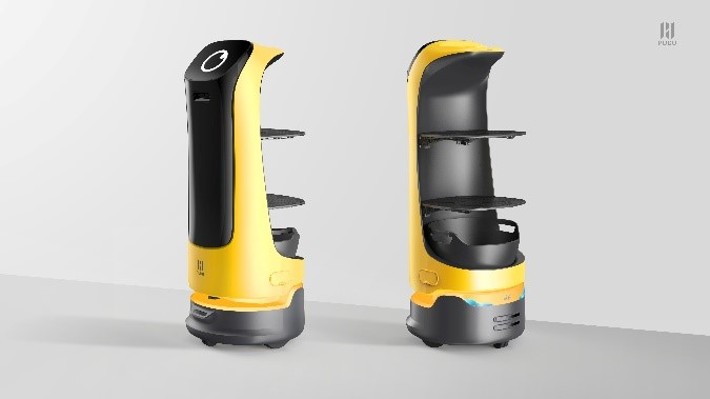[ad_1]
One evening in early April, a makeshift quarantine area at Narita Airport was packed with passengers from abroad who were waiting to get their negative COVID-19 test results checked and take an antigen test.
“I’ve waited for seven hours in total, including the time I waited on the plane,” said a tired-looking woman who had returned from Canada.
A Japanese woman who lives in Hawaii lamented the fact that the process was not digitized. “There were many areas crowded with people, and I was afraid I may get infected,” she said.
With the government relaxing entry restrictions and bumping up the cap on daily arrivals to 10,000 earlier this month, more passengers are crowding the immigration and quarantine areas at airports, raising concerns about whether authorities have the necessary staff to deal with them.
Even before the daily cap was raised, it took more than five hours in some cases for passengers to reach the arrival lobby, since authorities need to check numerous documents on paper rather than in a digital format. Travelers also need to get tested for the virus and download designated apps on their smartphone before they pass through immigration.
“We need to check whether they’ve cleared all the necessary hurdles. So it’s become the norm for people to wait for many hours,” said an airport official.
Even when the daily arrivals cap was set lower at 7,000, Narita Airport was already busy with passengers, especially in the evening, when there were many flight arrivals, and on weekends.
Airports are not designed to conduct virus testing on all passengers, forcing them to create makeshift spaces near the boarding gate or walkway, with airline staffers dispatched to help out.
Many countries are simplifying entry procedures for arriving passengers. Britain, for example, removed all entry restrictions for international travelers in mid-March.
Meanwhile, countries where daily cases are rising, such as China, Thailand and Malaysia, are being cautious, conducting COVID-19 testing and keeping mandatory quarantine measures in place.
In Japan, authorities are still hesitant to significantly ease COVID-19 border control measures, given that more people are getting positive results in airport testing, where the nation’s first case of the XE omicron subvariant was discovered earlier this month.
But the strict entry procedures have been criticized by business organizations as tantamount to the “national isolation policy” of the Edo Period (1603-1868). Airline companies are calling for further easing of measures, as an early recovery in international flights is crucial for their business, and major travel agencies are resuming tours to Hawaii, upping the momentum for increased overseas travel.
“It’s true that testing all arrivals has become a burden,” said a health ministry official. “We’re considering the best way to do this.”
In a time of both misinformation and too much information, quality journalism is more crucial than ever.
By subscribing, you can help us get the story right.
SUBSCRIBE NOW
[ad_2]
Source link





















